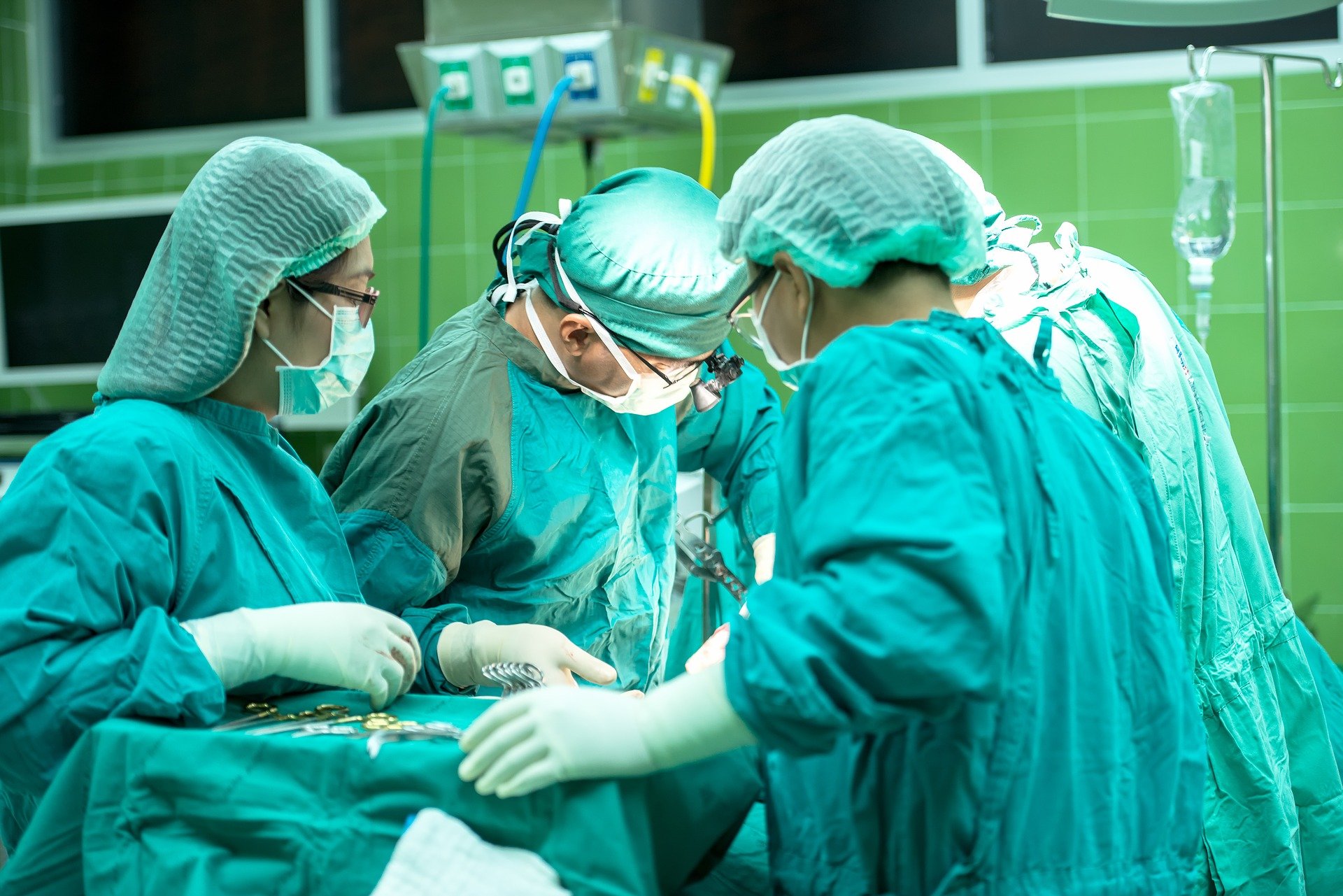 Health & Physiology
Health & Physiology
Transforming the spleen into a functioning liver
Tissue engineering allows us to transplant laboratory-made tissues into patients to save their life. But, regenerating large organs this way is challenging. As an alternative, we propose the organ transformation approach. An in-house spleen transformed into a liver-like organ was functional in mice, suggesting that this technology helps us overcome various challenges in tissue regeneration.

Many patients worldwide die while waiting for organ transplants. To propose a solution, over the past few decades, scientists have promised to create functional tissues in a laboratory. The aim of such 'tissue engineering' is to use living cells – building blocks of organs – cultured in a 3D scaffold to construct a desired tissue, and finally transplant it to the body to restore the impaired function.
Tissue engineering has progressed considerably, and its clinical applications have been successful in repairing relatively small and structurally simple organs. However, regenerating large organs remains challenging. For example, the liver has a very complex architecture considering its countless blood vessels connecting to each other. Building such a functional blood vessel network in a laboratory is extremely challenging, and as a result, the insufficient performance of engineered tissues leads to the critical problem – poor blood supply in the transplanted lung.
To circumvent this obstacle, we propose an alternative approach named 'organ transformation'. In this approach, instead of building an artificial organ from cultured cells, we 'transform' a natural organ into another. This way, we don't have to worry about blood vessel networks that are 'too complex to design'.
To put this idea to test, we attempted to transform a spleen – often called functionally dispensable organ – into a functional liver in a mouse. A mouse is a widely used animal model because of its physiological similarities to humans. In other words, what happens in mice most likely occurs in humans. We transformed the spleen into a functioning liver in two steps. Firstly, we surgically injected a tumor tissue extract into the spleen in a mouse body. This reprogrammed the immune system in the spleen to turn it off (remodeling). Secondly, we injected liver cells into the remodeled spleen. While the immune system principally attacks and eliminates such external cells (potential 'invaders'), the remodeled, immunosuppressive spleen cannot reject their entries. The injected liver cells thus grow in the spleen, which will, in turn, transform the spleen into a liver-like organ.
As expected, the results showed that the liver cells implanted into the remodeled spleen evaded immune rejection and grew into liver-like structures. Importantly, the transformed spleen performed the basic functions of the liver and restored the loss of the organ in mice, where 90% of their original liver was removed. Furthermore, we observed no adverse responses such as immune response or unwanted spreading of the transplanted cells.
In summary, we developed an innovative 'organ transformation' approach, demonstrating the functionality of the spleen transformed to a liver in the body of a mouse. This technology – focusing on the tissue function rather than its structure – would help us compensate for limitations of tissue engineering, in particular, the inadequate blood supply in large organs.
Original Article:
Wang, L. et al. Transforming the spleen into a liver-like organ in vivo. Sci. Adv. 6, eaaz9974 (2020).
Next read: De-liver-ing blood and immune cells to the developing human by Emily Stephenson , Laura Jardine
Edited by:
Dr. Akira Ohkubo , Associate Editor
We thought you might like
More from Health & Physiology
How obesity can improve the efficacy of cancer treatment: role of the sex hormone estrogens.
Dec 3, 2025 in Health & Physiology | 3.5 min read by Eloïse Dupuychaffray , Carole BourquinTobacco smoking and other exposures shut off cancer-fighting genes
Aug 31, 2024 in Health & Physiology | 3 min read by Jüri Reimand , Nina AdlerA hidden clock that times cytoplasmic divisions
Aug 30, 2024 in Health & Physiology | 3 min read by Cindy OwWhen two kinases go for a dance
Aug 2, 2024 in Health & Physiology | 4 min read by Ioannis Galdadas , Francesco Luigi Gervasio , Pauline JuyouxAwakening the thymus to cure SARS-CoV-2 infection: a matter of genes
Jul 27, 2024 in Health & Physiology | 3.5 min read by Stefano Marullo , Cheynier RemiEditor's picks
Trending now
Popular topics


